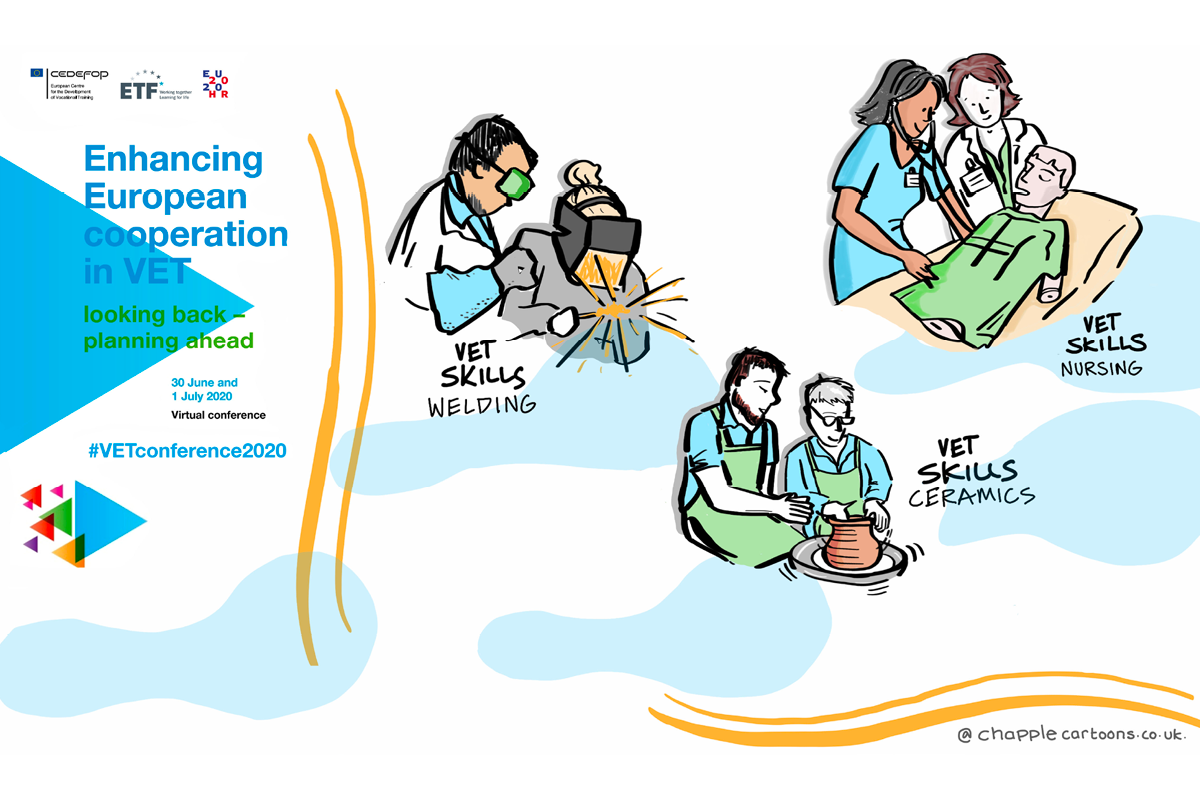In addition to providing niche learning, vocational education can also provide outcomes on its own. The content of the courses is defined by Units of Competency (UoC) and Career Outcomes (COs), which outline the types of jobs students can expect to do once they graduate. In addition, VET courses are often part of a larger educational program. Read on to learn more about the benefits of VET and what to expect from it.
Career opportunities
Many people are looking for a more secure career after finishing their education, and vocational education may be an ideal route for that. However, there are also certain risks associated with vocational careers. Many vocational occupations require a certain level of physical mobility or dexterity and are at risk of automation in the coming years. For example, manufacturing jobs are among the first to be automated, and this can put workers who do not possess multiple skills out of work. In addition, competition for jobs is often high, especially in rural or small communities.
While many states offer career pathways for individuals with no previous academic or vocational training, other states require only two years of study. Many employers will pay for talented employees to attend a vocational school, which can also be a good option for some employees. If you have children in high school and you have a child who is interested in vocational education, you should bring up the topic with your child’s school. Ask them about their interest, but don’t rush them into enrolling.
Job security
A recent study examined the relationship between vocational education and job security. The researchers found that people with advanced vocational training are more likely to be employed and enjoy higher wages. But job security does not necessarily depend on the type of educational qualification. While higher earnings and job autonomy are associated with higher levels of education, vocational education does not guarantee job security. Further education is often necessary to increase one’s skill set. However, the benefits of vocational education are not equal to those of a traditional university education.
Some studies suggest that students who complete vocational training are more likely to be employed within two to three years. While some people prefer to pursue a more academic focus, many others opt to enter graduate school. Vocational education can be expensive, so it is not a good idea for those with low GPAs or prospects in Ivy League schools. However, the college experience is just as important as the education. The benefits of vocational education are many.
Costs
Tuition for vocational education programs vary widely, depending on the institution hosting the program. Costs are often lower at non-profit schools, while for-profit institutions tend to raise their tuition rates to offset government financial aid. The cost of tuition and other fees may include textbooks and supplies. Aside from tuition, other costs may include licensing fees and certification costs. The cost of training materials varies as well, so prospective students should research the costs of their chosen training program before signing up.
Many programs include textbooks and uniforms, but some add hundreds to the overall cost. Certification exam fees and tools can add several thousand dollars to the total. For example, a student pursuing an automotive technology course may need to buy a professional tool set worth $1,500. In some countries, these materials are included in tuition, but not in other countries. The cost of vocational education varies from country to country. To be successful, students should be able to compare costs.
Common courses
There are two types of courses offered in a vocational education program: general and specific. General courses focus on labor-market preparation, while specific courses prepare students for specialized fields. Some of the most common types of courses include business, transportation, and computer technology. Vocational classes may also include general business courses, homemaking education, and health and nutrition. Courses are listed by level and are grouped by specialty. The first course of a series is considered low-level, while those listed as second-level or upper-level courses are considered advanced or specialization courses.
There is no universally accepted definition of vocational education, but this publication offers alternative measures of its participation. Among these measures are the number of credits and courses taken. The publication also includes statistics on the percentage of public high school graduates who completed at least one vocational course. Students who took many vocational courses were more likely to earn credits in fields that did not require advanced academic skills. The publication also provides data on those students who took heavy vocational courses.
Locations
A number of different locations offer vocational education. A school can be a formal educational facility or a branch training center that is run by a host company. Students can study at a vocational school or take courses on a specific industry, or both. Each type of school offers a different training program and curriculum, but in general, a school will train students in several different trades. Here are some of the most common locations for vocational education.
The social factors that are relevant to the location of a school vary by region, time, and context. A government regional development plan outlines the minimum number of vocational schools required in a given area. Ideally, the school will be accessible to students, as well as the community at large. Other factors include range and reach, as well as hierarchy and level of service. In Indonesia, these three elements are critical to the development of the region.

